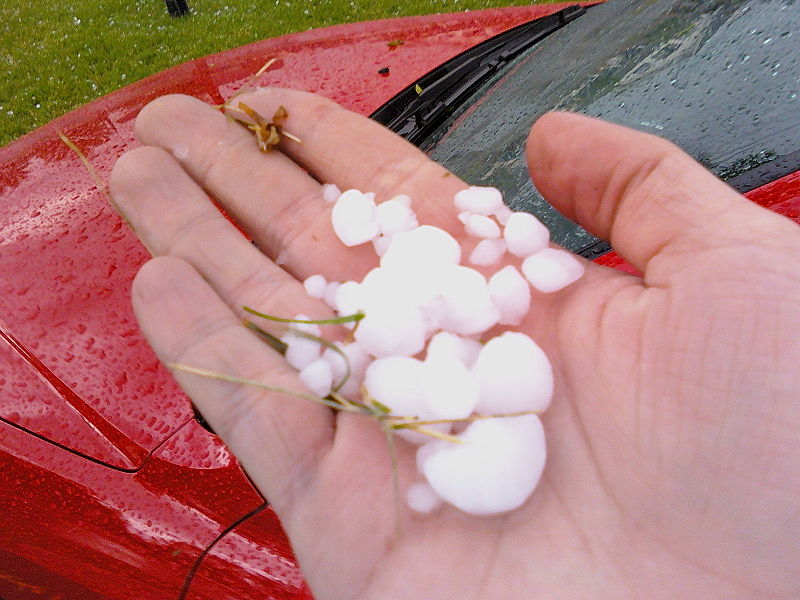Carbon Capture
Could injecting greenhouse gases into earth’s crust help curb global warming?

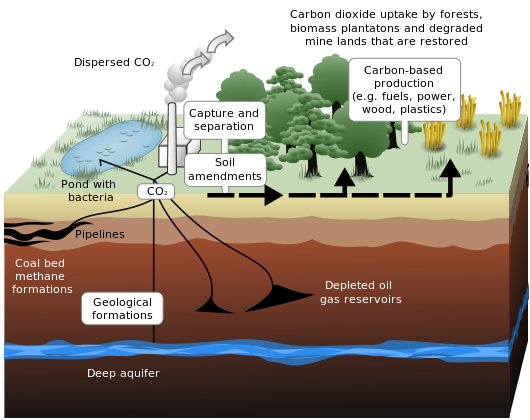
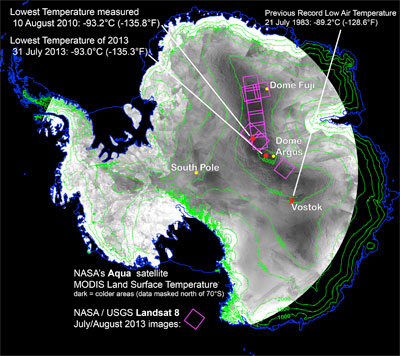
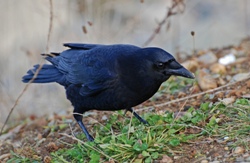
HUMANS AND ANIMALS - The origins of ancient house cats in China. Crows that hold grudges. And, how global warming is creating a new breed of Arctic explorers - of the avian variety. Also: the lengths squirrels will go to to hide their nuts.
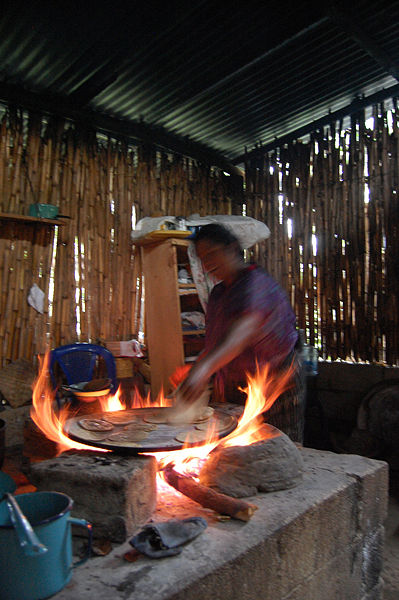
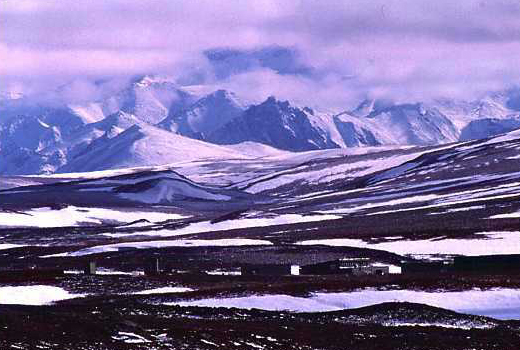
Like the pioneers of the American West, the birds that are now settling the Arctic frontier in response to climate change aren’t necessarily the biggest or the strongest, but may instead be castoffs from more hospitable settled areas.
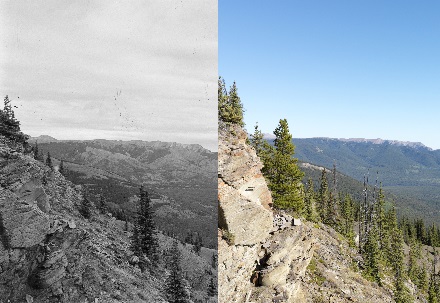
Scientists are using the science of computer vision to document climate change in the Rocky Mountains.
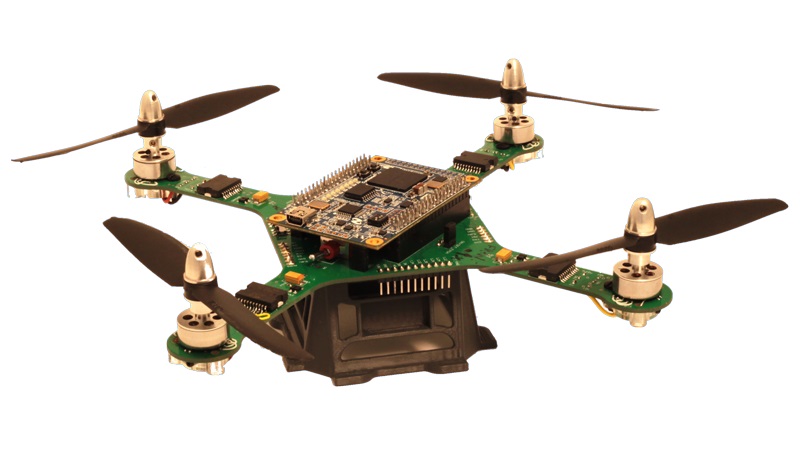
A tiny but rugged unmanned helicopter helps researchers collect data in the stormy North Atlantic.
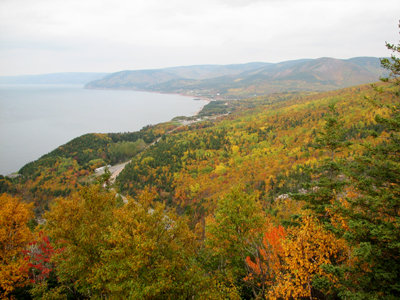
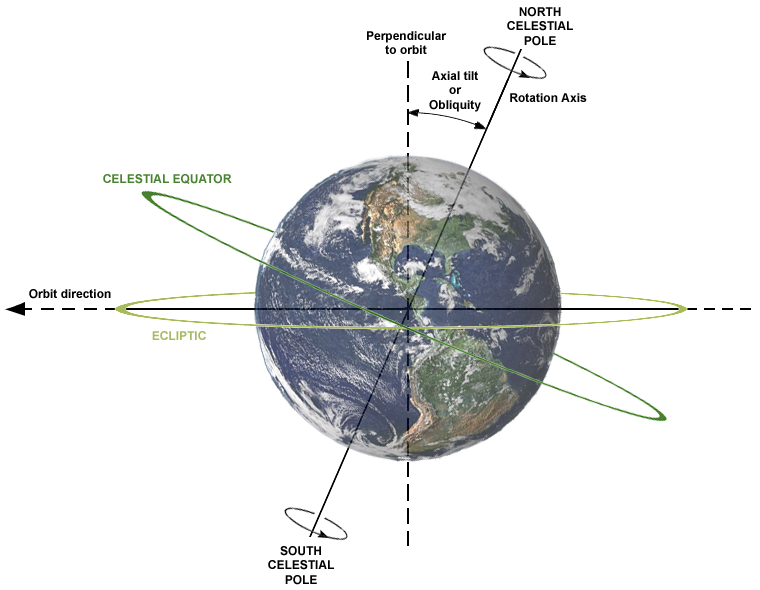
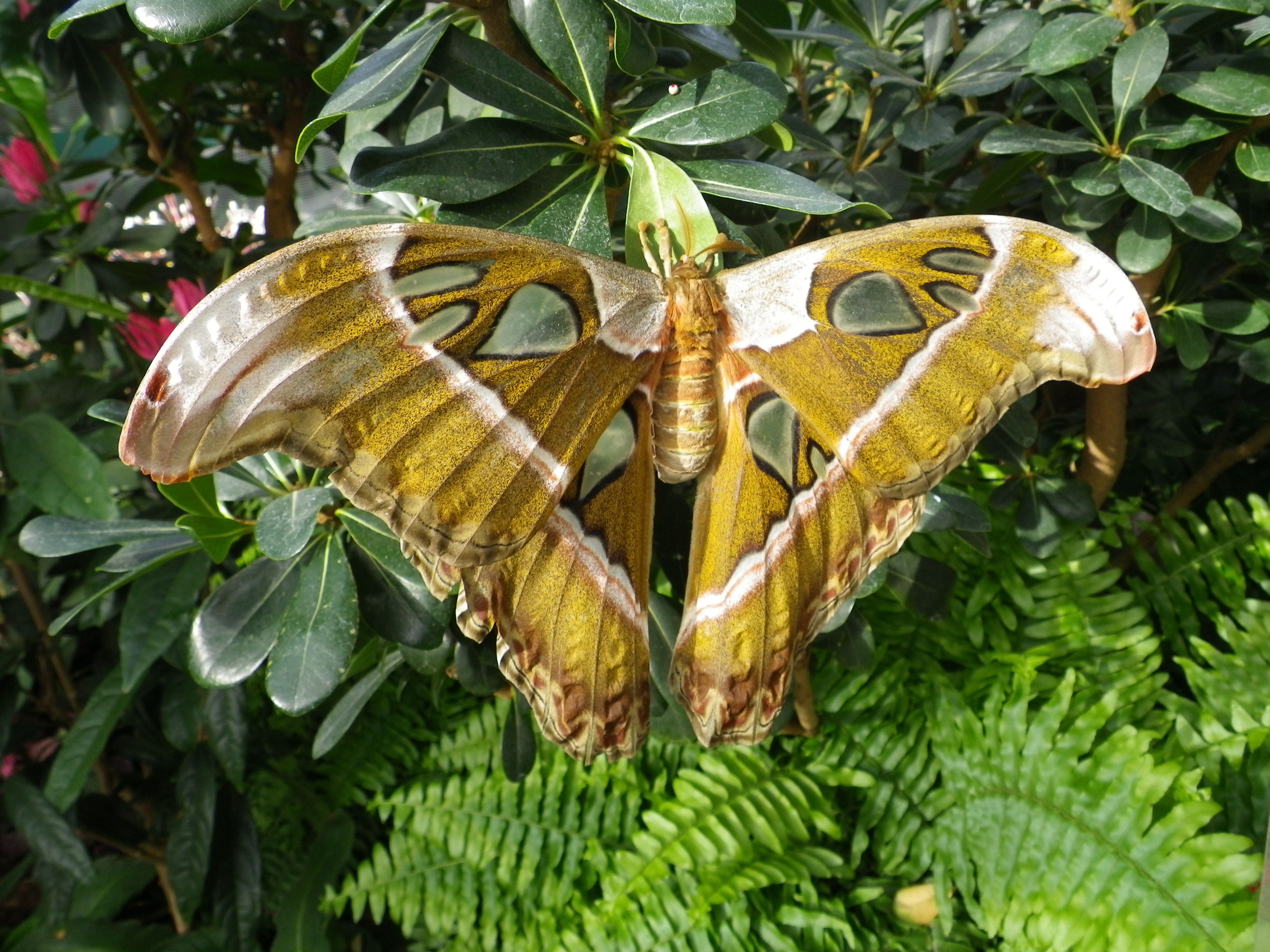
Insects may be able to “predict” the weather by changing their behavior when they sense changes in air pressure.
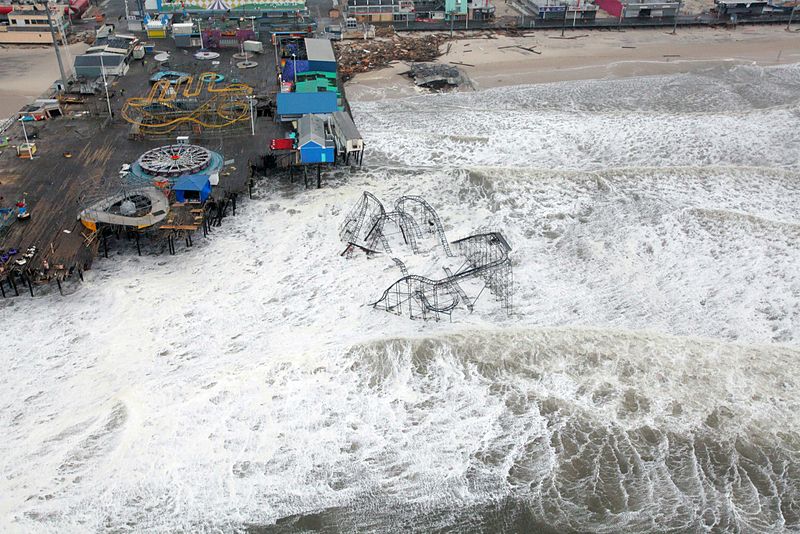
Natural coastal ecosystems like sand dunes and mangrove forests help protect coasts from natural disasters like Hurricane Sandy.
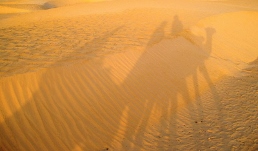
PRE-HISTORIC SCIENCE - Is there a connection between hot weather and violence? And, were our ancestors really as warlike as we make them out to be? Also, did ancient Egyptians jewelry have extraterrestrial origins? And, were spices part of ancient European cuisine?

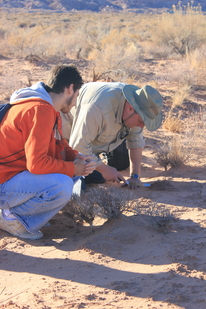
Soil microbes are affected by climate change, which could be a big deal.
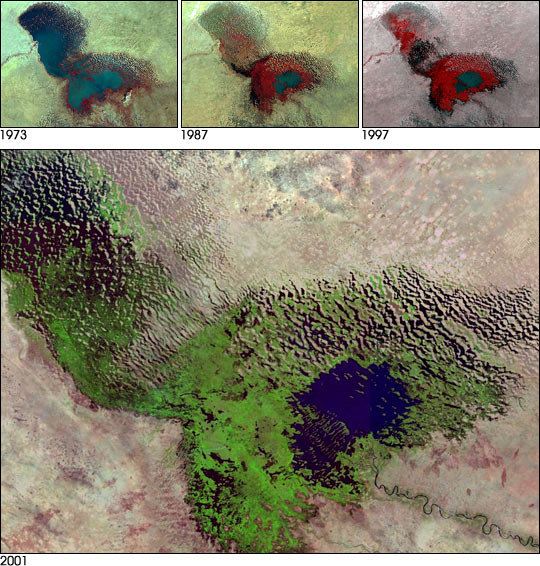
Pollution in the Northern Hemisphere was largely responsible for deadly droughts in late 20th century Africa.
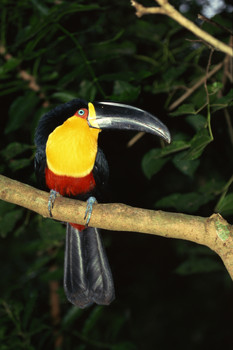
When large animals like toucans are removed from tropical rainforests, the trees suffer.
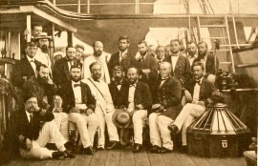
WHEN SCIENCE MEETS HISTORY - Ocean temperature records from a 19th century research ship confirm global warming. Reviving plants hidden under glaciers for centuries. Tracing the genetic origins of the blight that started the Irish Potato Famine. And uncovering evidence of lead pollution in Spain from 4,000 years ago.
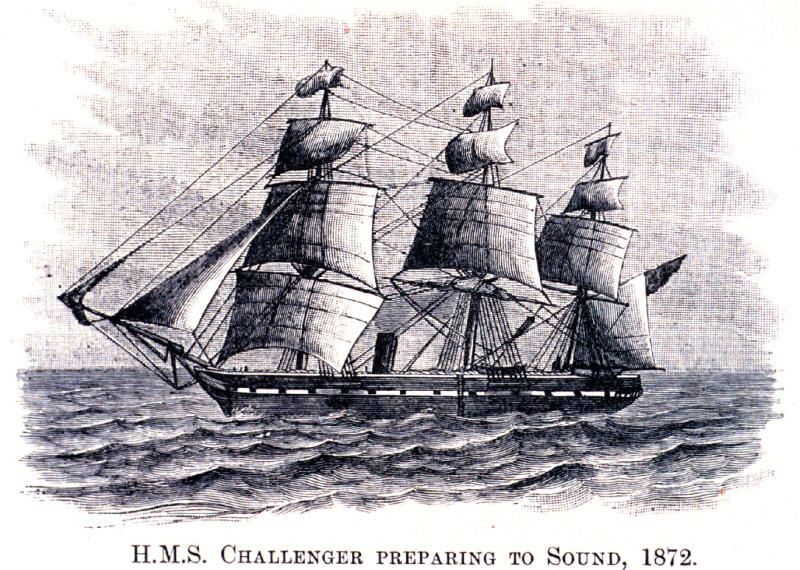
Ocean temperature records from a ship that circumnavigated the globe 135 years ago confirm global warming.
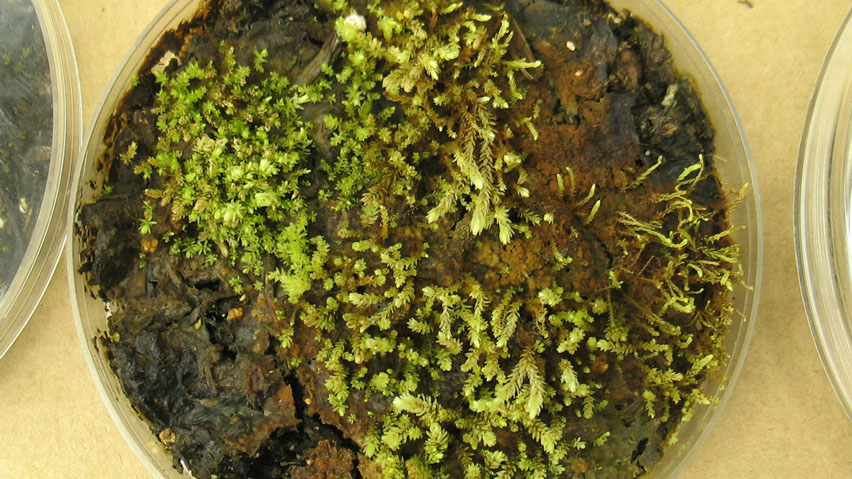
Plants that were frozen in glaciers 400 years ago are growing again as those glaciers melt away.
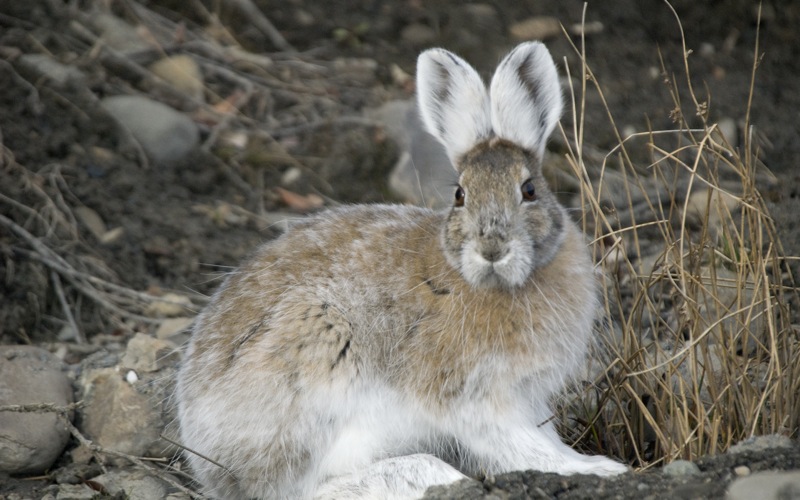
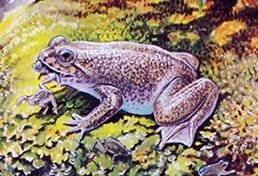
Mysterious “fairy circles” on African plains are caused by termites, which destroy patches of grass but help the surrounding grass thrive.
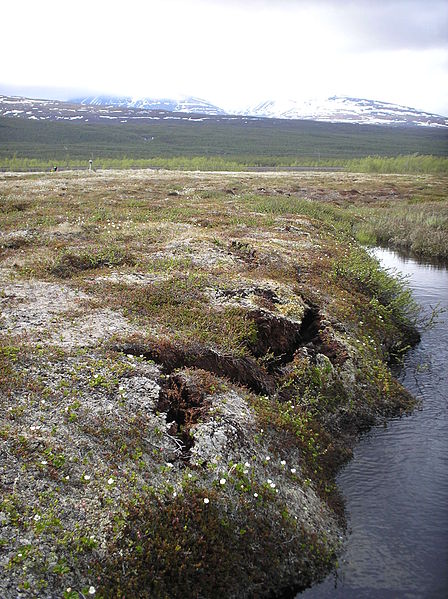
Once the Earth warms to a critical temperature, permafrost in Siberia will melt, releasing massive amounts of carbon.
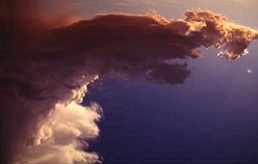
MICROBIAL LIFE - How antibiotic-resistant bacteria spread, tracing HIV back millions of years, and how life thrives among the storm clouds. Also, a listener's question about the common cold.
